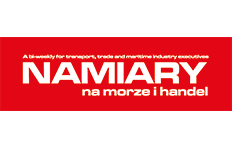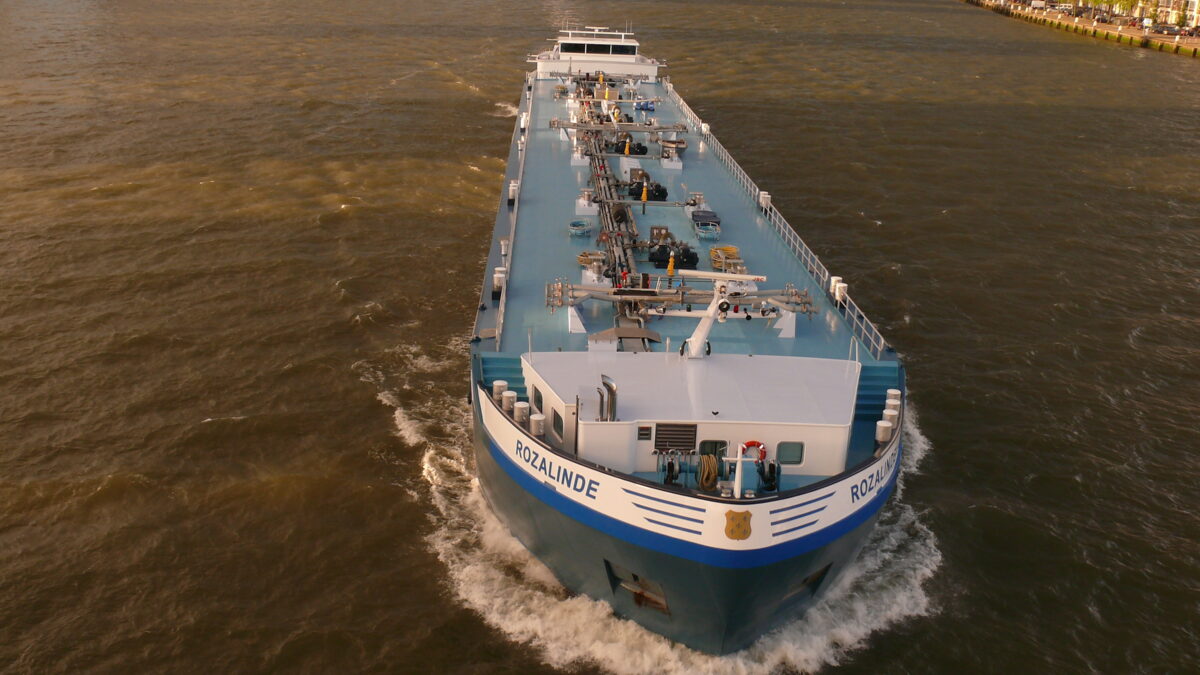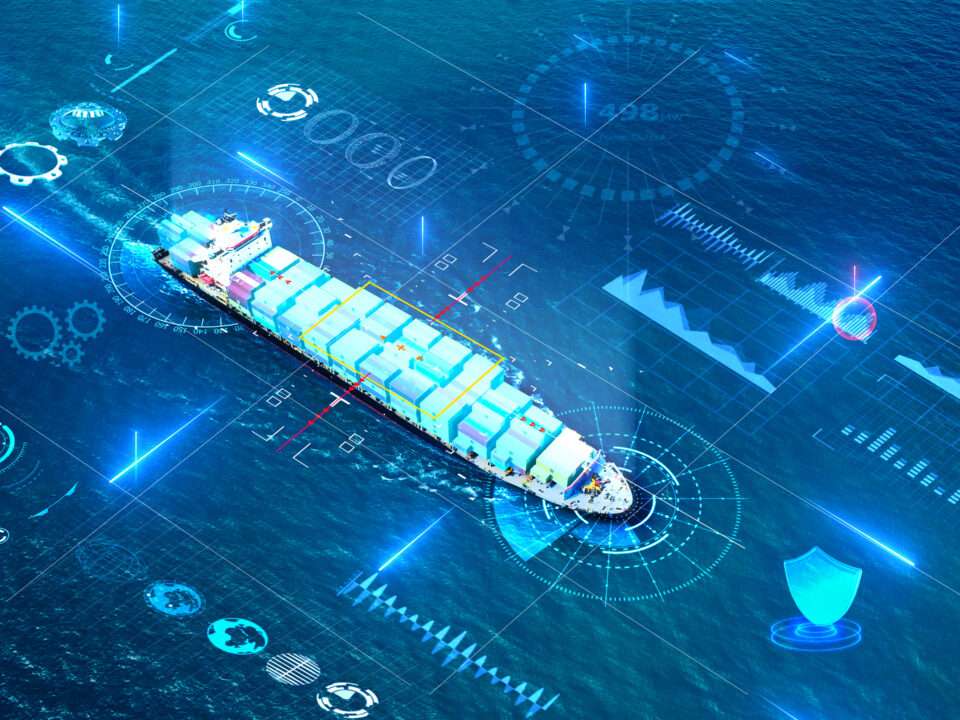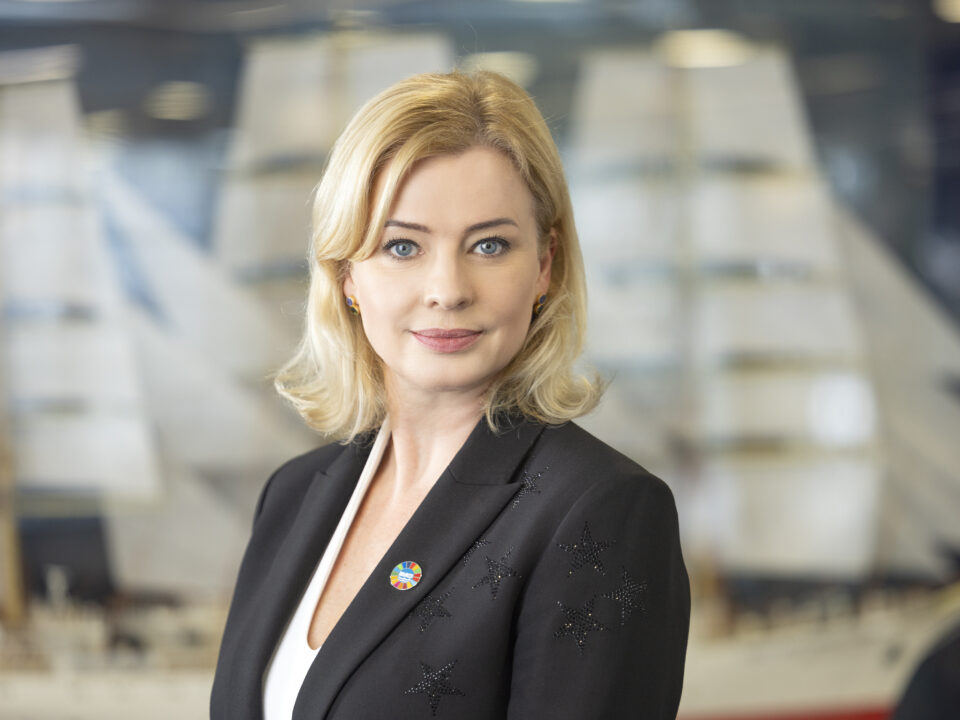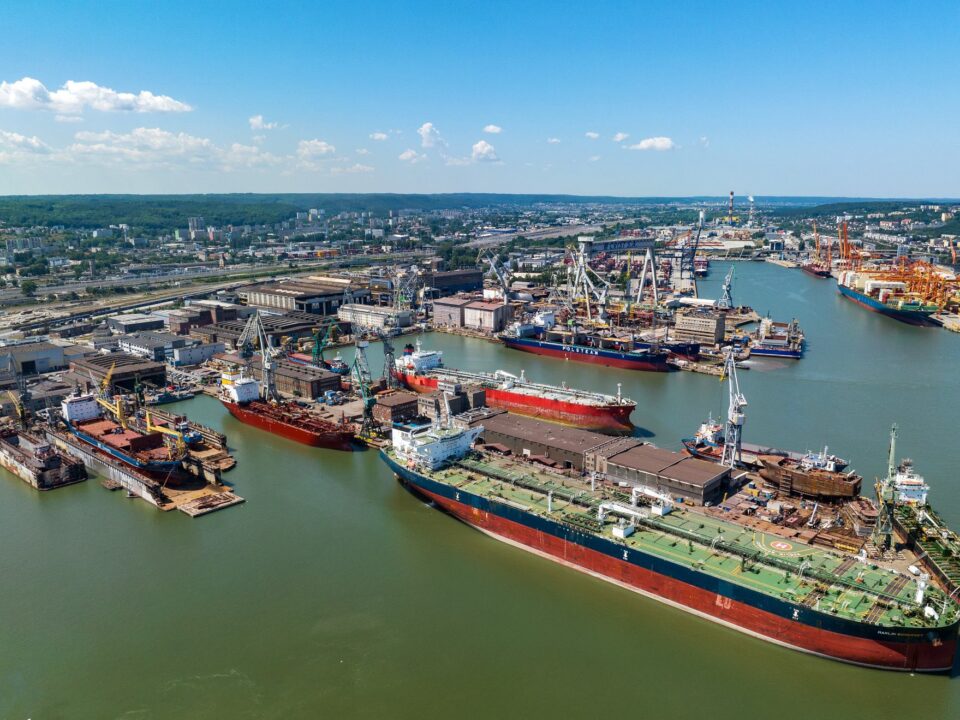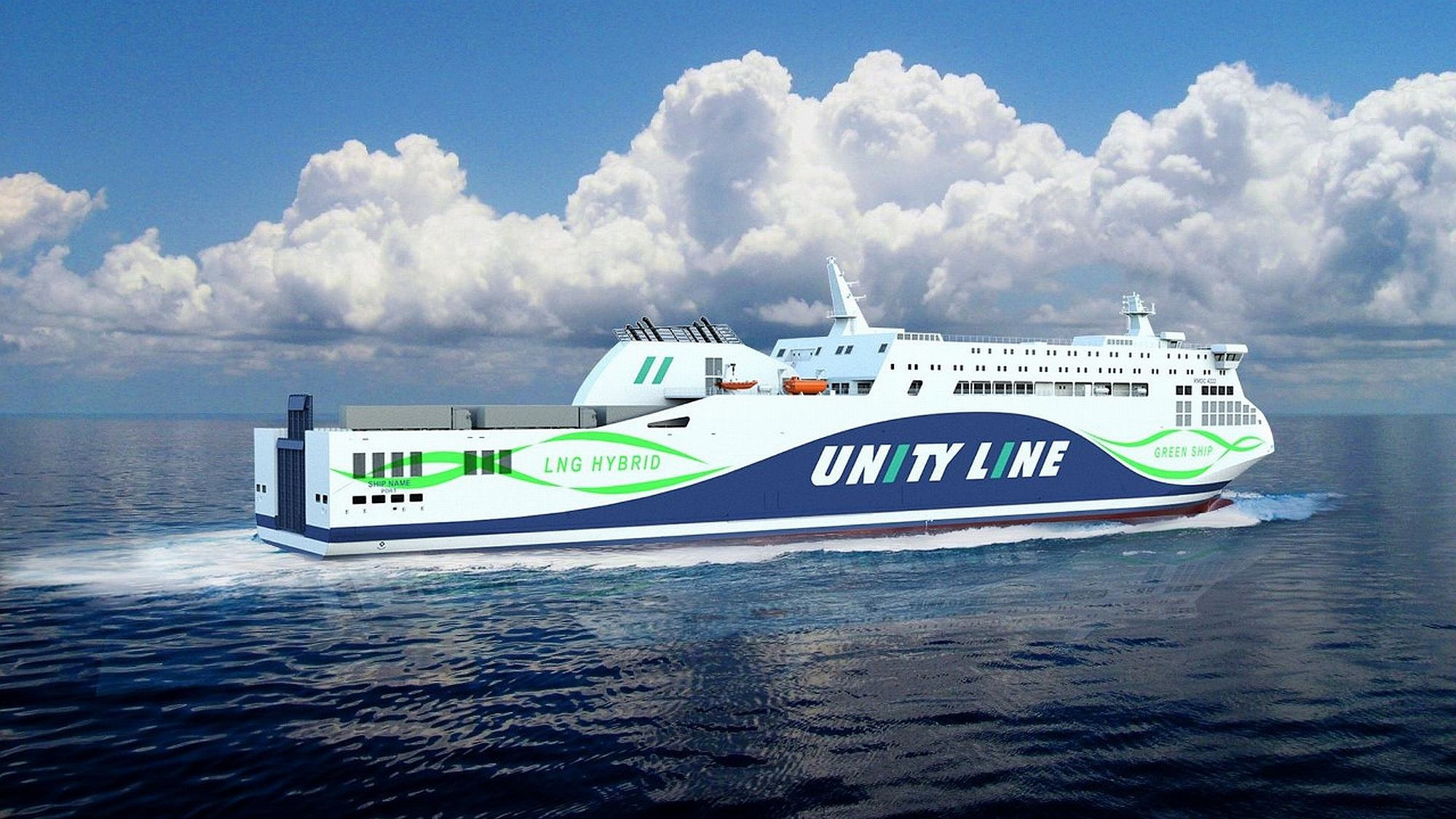
Modern technology industry
29 September 2023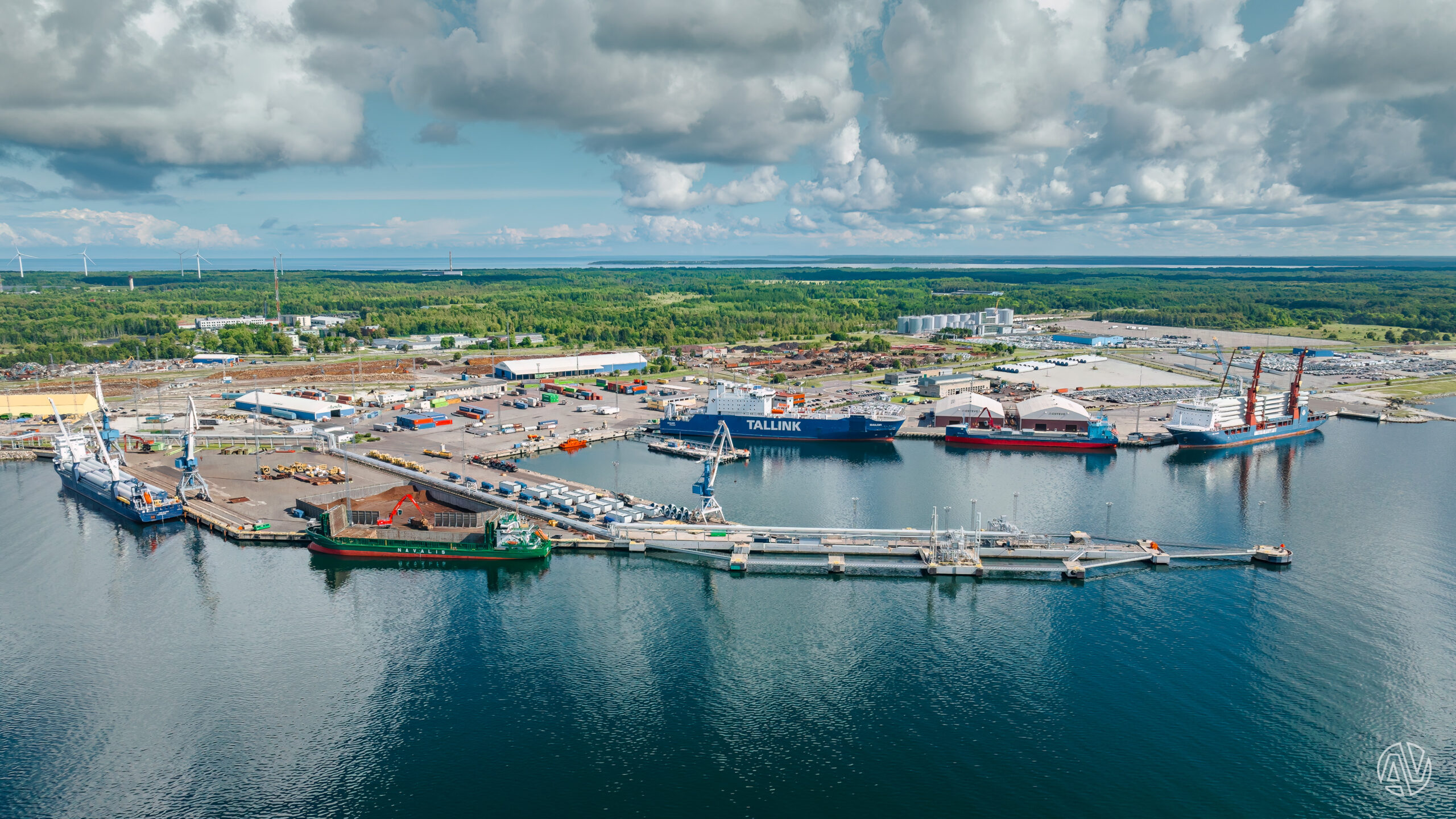
On the Baltic Port Market
6 October 2023Inland waterway transport has been in decline in Poland for many years. The most recent statistics from the Statistics Poland for 2022 indicate that the share of waterways in freight transport represents only 0.1% of total freight transport in Poland and has been in decline for years. And yet the potential of Polish waterways is not insignificant – we have 3,767 kilometres of inland waterways, which ranks Poland 5th in terms of the length of the waterway network in Europe, after Germany, Finland, France and the Netherlands. However, we are far from using waterways to the extent similar to our neighbours and EU partners. Low operating parameters mean that only 5% of Poland’s waterways can be classified as class IV or V navigable waterways and only approx. 100 kms fall under the international river information system (RIS).
However, as a high-potential, low-carbon industry, inland waterway transport is of particular interest to the EU. The development of logistical potential of rivers and their infrastructure is evident in a number of project proposals, where the European Commission is offering financing for work seeking to make better use of the natural potential of transport networks. The Cristal project, coordinated by Łukasiewicz – Poznań Institute of Technology, is also being implemented in accordance with this philosophy.
This is a project implemented with EU funds under the Horizon Europe programme. The project brings together 16 partners from 9 countries – Poland, Germany, Italy, France, Hungary, the Czech Republic, Belgium, Greece and the UK. The Polish partner in the project, in addition to Łukasiewicz – PIT, is the Faculty of Economics at the University of Gdansk. The primary goal of the 3-year Cristal project is to increase the share of freight transport via inland waterways by at least 20% and to carry out pilot activities that will demonstrate the possibility of increasing the reliability of this branch of transport by 80%. Importantly, these activities are intended to apply to hitherto underinvested waterways with high transport potential, therefore the EC chose the project related to the Vistula, the Oder, the Po (Italy) and the Moselle (France). To support the development of transport on these rivers, the project will co-create, test and implement innovative technological solutions using the Physical Internet, new management solutions, and new business models.
In addition to studying specific business cases using Polish inland waterways to organize the flow of goods, the plan also calls for the construction of a smart buoy to measure river parameters as well as the flow itself. Another important component of the project is the development of a transport management model that will allow to achieve the reliability of transport in extreme weather conditions – including using alternative, intermodal modes of transport. The integration of inland waterway transport into multimodal transport networks represents one of the main objectives of the project.
By implementing activities with the aim to create tools that support logistics processes involving inland waterway transport and to develop the Synchromodal Corridor Management System concept, it is planned to demonstrate the possibility of using the river in the transport of goods and responding dynamically to changes in the availability of infrastructure of the various modes of transport, with an emphasis on low-carbon branches such as river or rail transport. The main tasks related to the project’s logistics aspect are to ensure the substitutability of modes of transport and integrate river transport into the logistics chain. Another aspect is the implementation of technological solutions supporting the maintenance and management of infrastructure. Partners conducting pilot activities in France and Italy are focused more on solutions to diagnose and technically maintain sluices using Fiber Optic System solutions or infrastructure diagnosis through tools based on acoustic emissions rather than on the logistics process.
In the Polish pilot case, in cooperation with the University of Gdańsk and with the assistance of a logistics operator, the activities will cover a wide range of tasks on the Vistula and the Oder rivers. In the area of the Vistula river, it is planned to carry out three pilot freight transports – of grain, fertilizers and containers on the Gdańsk – Włocławek and Gdańsk – Chełmno routes, and a task covering the area of the upper and middle Oder river where it is planned to carry out a trial transport of containerized cargo from Kędzierzyn Koźle via Magdeburg, Hannover to Antwerp. Preparations are currently underway for a tender procedure to select a logistics operator to organize the transports. In addition to the organizational aspect of the pilot case, it is also planned to install innovative buoys on the transport route that will allow to monitor the navigational conditions of the waterway.
An important aspect of the implementation of the Cristal project is the need to respond to market demand related to the use of inland waterways for transporting goods. By working with the business environment and logistics operators, the Łukasiewicz-PIT Logistics Research Group has recognized that there is potential on the market on the side of manufacturers, who see the benefits and declare that they are interested in utilizing river transport in their supply chains. At the same time, by maintaining relationships with industry organizations, we are aware of the problems faced by entities that focus their activities around this mode of transport.
Article developed with Namiary na Morze i Handel magazine
phot. Namiary na Morze i Handel magazine
